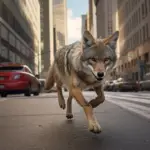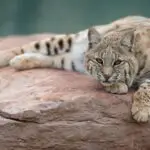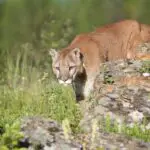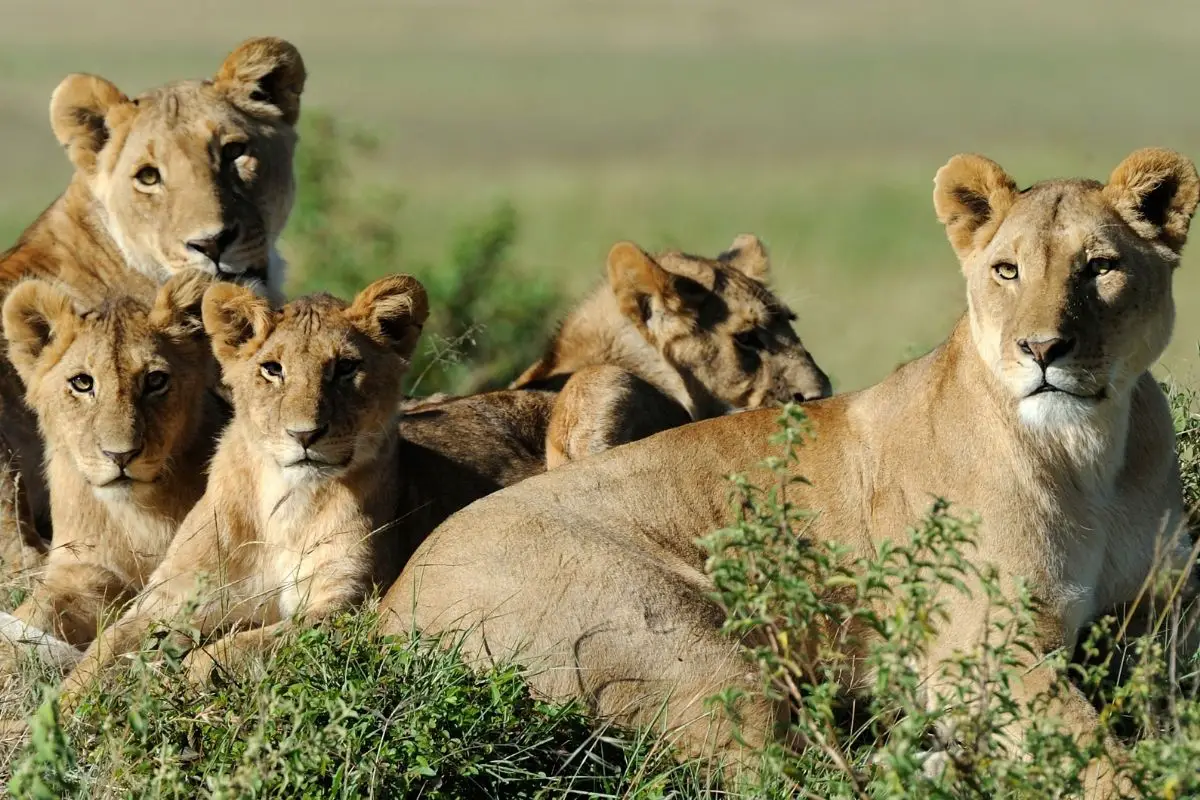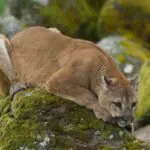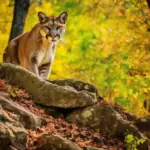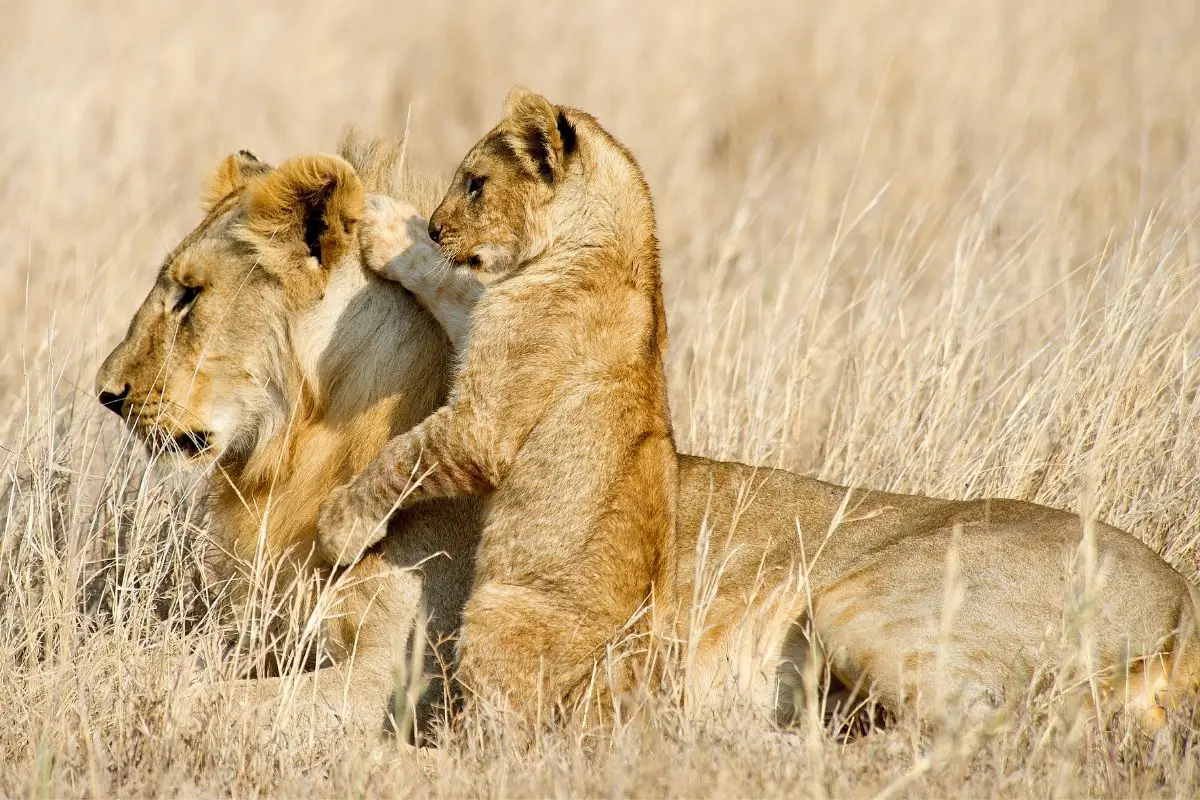Do coyotes eat dead animals? Absolutely – and this scavenging behavior reveals fascinating insights into how these adaptable predators have become one of North America’s most successful wildlife species. Recent research shows that carrion makes up 15-40% of a coyote’s diet, with peak scavenging occurring during winter months when live prey becomes scarce.
Understanding coyote dietary habits isn’t just academic curiosity – it’s crucial for wildlife management, livestock protection, and urban planning. As coyote populations expand into new territories, including our neighborhoods, knowing what attracts them can help us coexist more safely.
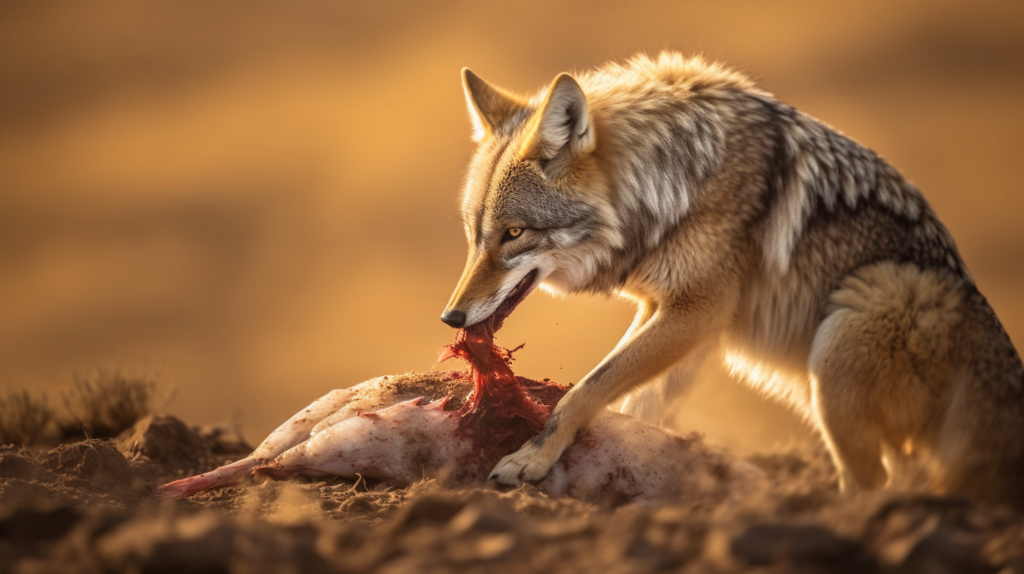
The Science Behind Coyote Scavenging Behavior
Coyotes are master opportunists, and their relationship with carrion showcases their remarkable adaptability. Unlike specialized scavengers like vultures, coyotes balance active hunting with strategic scavenging based on energy expenditure and food availability.
How Coyotes Locate Dead Animals
A coyote’s extraordinary sensory abilities make them incredibly efficient at finding carrion:
- Smell detection range: Up to 1.5 miles away from a carcass
- Underground detection: Can locate buried animals up to 3 feet deep
- Visual cues: Recognize scavenger bird activity indicating nearby carrion
- Memory mapping: Return to previously discovered carcass locations
This sophisticated detection system allows coyotes to quickly capitalize on available resources, whether it’s roadkill along highways or natural deaths in wilderness areas.
Seasonal Variations in Carrion Consumption
Research from the Urban Coyote Research Project reveals significant seasonal patterns in scavenging behavior:
- Winter (December-February): 30-40% of diet consists of carrion
- Spring (March-May): 20-25% carrion consumption during birthing season
- Summer (June-August): 10-15% as live prey abundance peaks
- Fall (September-November): 15-20% supplemented with fruits and vegetation
This seasonal flexibility demonstrates how coyotes maximize energy efficiency by adjusting their hunting versus scavenging efforts based on environmental conditions.
What Types of Dead Animals Do Coyotes Eat?
Coyotes aren’t picky when it comes to carrion sources. Their varied scavenging diet includes:
Roadkill and Traffic Casualties
Highway roadkill represents a significant and consistent food source for coyotes, particularly those living near major transportation corridors. Common roadkill targets include:
- Deer (providing multiple days of feeding)
- Rabbits and rodents
- Birds of various sizes
- Domestic animals (unfortunately including pets)
Interestingly, coyotes have learned to time their roadkill scavenging during low-traffic periods, typically at dawn and dusk, reducing their own risk of becoming traffic casualties.
Natural Deaths and Predator Kills
Coyotes frequently scavenge from:
- Disease-related deaths: Animals that succumb to illness or old age
- Weather casualties: Animals that die from extreme cold, heat, or storms
- Other predator kills: Leftover remains from mountain lion, wolf, or bear kills
- Hunter-wounded game: Animals that escape hunters but later die from injuries
Do Coyotes Eat Dead Coyotes?
While uncommon, do coyotes eat dead animals of their own species? Yes, but cannibalism among coyotes is rare and typically occurs only under specific circumstances:
- Extreme food scarcity during harsh winters
- Territorial disputes resulting in death
- Disease outbreaks affecting local prey populations
- Pup mortality during denning season
This behavior remains infrequent and is not considered a normal part of coyote dietary patterns.
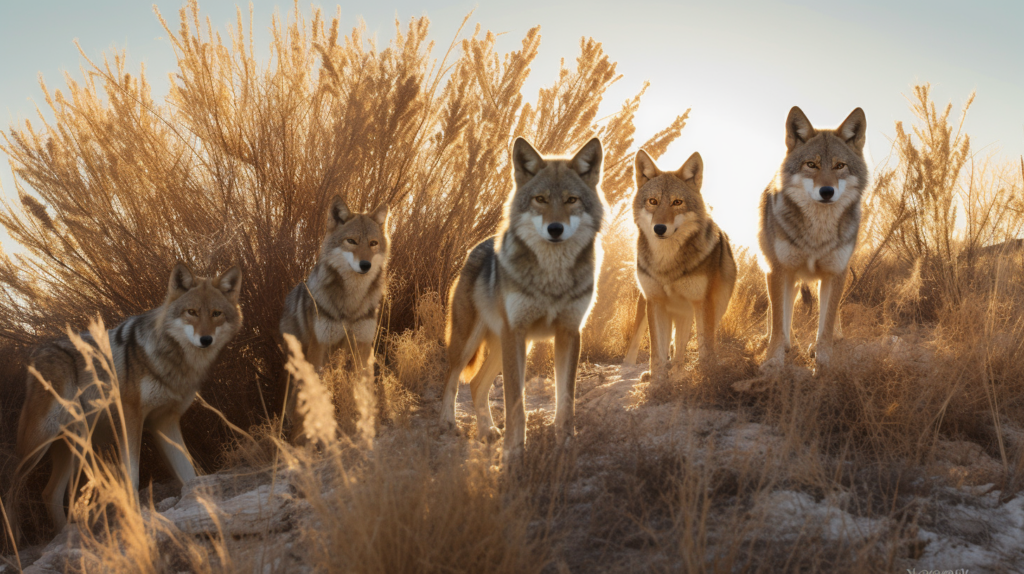
Coyote Pack Feeding vs. Solo Scavenging
The size and type of carrion significantly influences whether coyotes feed alone or in groups. Understanding these patterns helps explain their social behavior and resource management strategies.
Large carcasses like deer or elk typically attract multiple coyotes, leading to social feeding behaviors:
- Family groups: Mated pairs and their offspring feed together
- Hierarchical feeding: Dominant individuals feed first
- Cache behavior: Excess meat is buried for later consumption
- Defensive posturing: Groups protect valuable food sources from competitors
This cooperative approach allows coyote families to maximize the nutritional benefit from large carrion discoveries while strengthening social bonds.
Solo Scavenging Patterns
Smaller carrion sources typically support individual feeding:
- Quick consumption to avoid detection
- Opportunistic timing around human activity
- Strategic feeding during daylight hours when competition is lower
Urban vs. Rural Scavenging Differences
Recent studies reveal significant differences between urban and rural coyote scavenging patterns, reflecting their remarkable adaptability to human-modified environments.
Urban Coyote Carrion Sources
City-dwelling coyotes encounter unique scavenging opportunities:
- Pet casualties: Unfortunately, deceased cats and small dogs
- Urban wildlife deaths: Squirrels, raccoons, and birds
- Food waste: Discarded meat products from restaurants and homes
- Park maintenance: Animals removed by city services
Urban coyotes typically consume less carrion overall (10-20% of diet) due to more consistent access to anthropogenic food sources like garbage and pet food.
Rural and Wilderness Scavenging
Rural coyotes rely more heavily on natural carrion sources:
- Livestock mortality: Natural deaths on ranches and farms
- Hunting season remains: Gut piles and wounded game
- Natural predation: Kills from larger predators
- Weather-related deaths: Animals that succumb to harsh conditions
These rural populations show higher carrion consumption rates (20-40% of diet) and more pronounced seasonal variations.
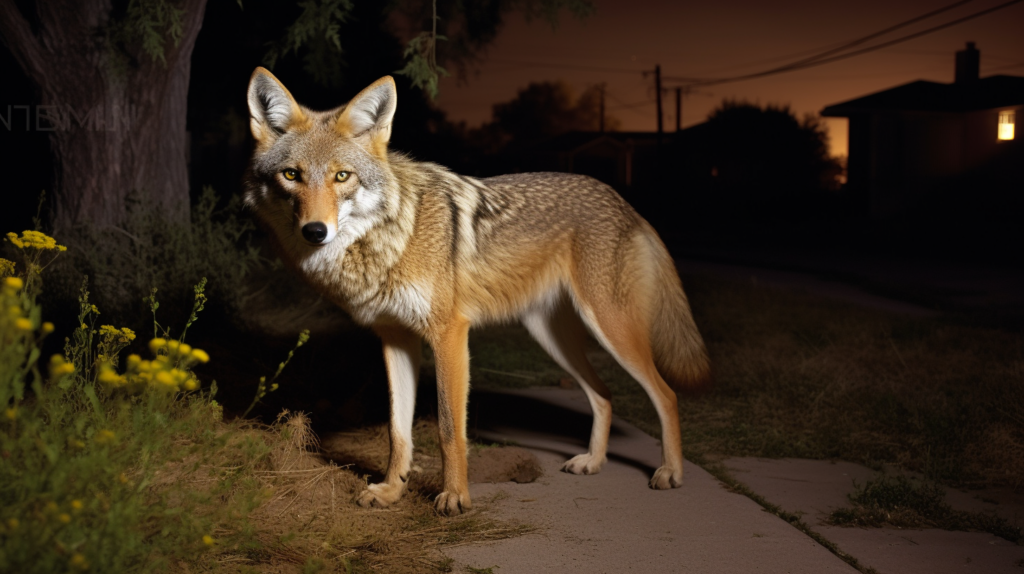
Health and Safety Implications
Understanding coyote scavenging behavior has important implications for both coyote health and human safety.
Disease Transmission Risks
While coyotes have robust digestive systems, carrion consumption can expose them to various diseases:
- Chronic Wasting Disease (CWD): From infected deer carcasses
- Rabies: Though rare, possible from infected carrion
- Parasites: Various internal parasites from decaying meat
- Bacterial infections: From severely decomposed carcasses
However, coyotes have evolved strong immune systems and acidic stomach conditions that help them process carrion safely most of the time.
Human Safety Considerations
Coyotes feeding on carrion may exhibit different behaviors around humans:
- Increased boldness: Defending a valuable food source
- Reduced flight response: Less likely to immediately flee when discovered
- Attraction to properties: Following scent trails to potential food sources
According to the Urban Coyote Research Project, most aggressive encounters occur when coyotes are protecting food sources, including carrion.
Managing Coyote-Attracting Carrion
For property owners and wildlife managers, understanding coyote scavenging behavior is crucial for effective management strategies.
Property Management Recommendations
To reduce coyote attraction to your property:
- Remove dead animals promptly: Don’t leave deceased pets or wildlife on your property
- Secure garbage cans: Use tight-fitting lids to prevent access to meat scraps
- Clean barbecue areas: Remove grease and food residue that might attract scavenging
- Compost management: Avoid adding meat products to compost piles
- Feed pets indoors: Outdoor pet food can attract both prey animals and coyotes
When to Contact Wildlife Authorities
Contact local wildlife management if you observe:
- Coyotes repeatedly returning to the same carrion source
- Aggressive behavior around food sources
- Sick or diseased-appearing coyotes
- Large numbers of coyotes congregating around carrion
Like other predators such as tigers adapting their diet to available prey, coyotes demonstrate remarkable flexibility in their feeding strategies, making proper management essential for human-wildlife coexistence.
The Ecological Role of Coyote Scavenging
Coyote carrion consumption serves important ecological functions that benefit entire ecosystems.
Ecosystem Cleaning Services
Coyotes provide valuable ecosystem services through their scavenging behavior:
- Disease prevention: Removing diseased carcasses reduces pathogen spread
- Nutrient cycling: Helping decompose organic matter and redistribute nutrients
- Waste management: Cleaning up natural and human-caused animal deaths
- Competitive balance: Competing with other scavengers like ravens and vultures
Climate Change Impacts
Recent research indicates climate change is affecting coyote scavenging patterns:
- Increased extreme weather events: Creating more carrion from weather-related deaths
- Shifting prey populations: Forcing greater reliance on scavenging
- Extended scavenging seasons: Warmer temperatures allowing year-round carrion consumption
According to the National Geographic, these environmental changes are reshaping coyote dietary patterns across North America.
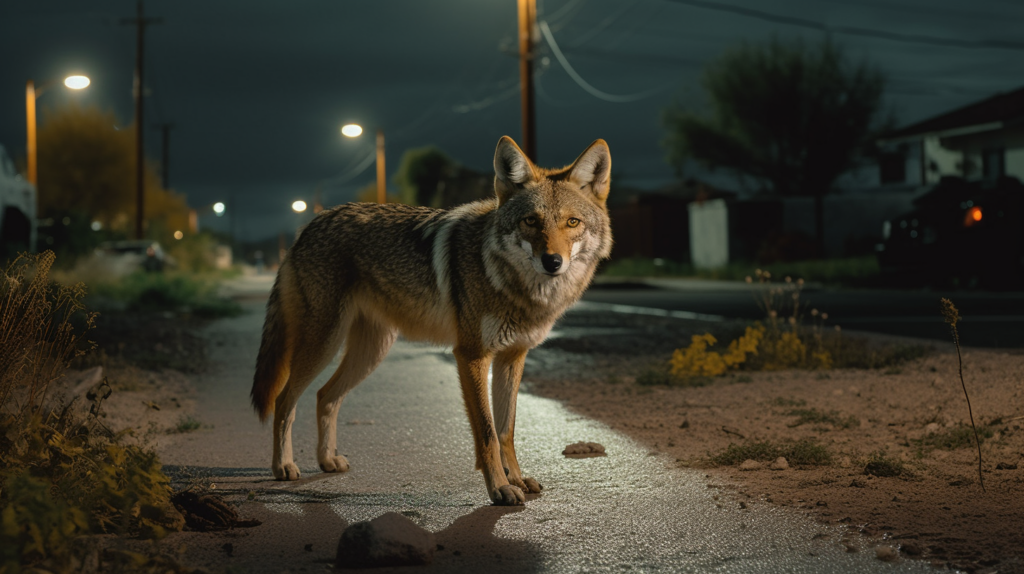
Complete Coyote Diet Breakdown
To fully understand the role carrion plays in coyote nutrition, here’s the complete dietary breakdown based on recent research:
Primary Diet Components
- Small mammals (40-50%): Rabbits, rodents, squirrels
- Carrion (15-40%): Seasonal variation, peak in winter
- Insects and invertebrates (10-20%): Beetles, grasshoppers, worms
- Birds (5-15%): Ground-nesting species, waterfowl
- Vegetation and fruit (5-25%): Berries, melons, agricultural crops
- Livestock and pets (<5%): Opportunistic, not preferred prey
This diverse diet demonstrates why coyotes have been so successful in expanding their range and adapting to various environments, from their traditional den sites to urban areas.
Nutritional Benefits of Carrion
Carrion provides several nutritional advantages:
- High protein content: Essential for muscle maintenance and reproduction
- Fat reserves: Critical energy storage for harsh winter months
- Bone marrow: Rich in calcium and phosphorus
- Organ meat: Concentrated vitamins and minerals
Conclusion: Living with Scavenging Coyotes
So, do coyotes eat dead animals? Absolutely, and this behavior is a crucial component of their ecological success story. Carrion consumption represents 15-40% of their diet, with peak scavenging during winter months when live prey becomes scarce. This adaptability has allowed coyotes to thrive across diverse environments, from wilderness areas to urban neighborhoods.
Understanding coyote scavenging behavior helps us better coexist with these remarkable predators. Their role as ecosystem cleaners provides valuable services, from disease prevention to nutrient cycling. However, their attraction to carrion also creates management challenges for property owners and wildlife managers.
Key Takeaways for Coexistence
Remember these essential points:
- Remove dead animals from your property promptly
- Secure garbage and compost to eliminate attractants
- Understand that scavenging behavior varies seasonally and geographically
- Appreciate the ecological benefits coyotes provide through carrion consumption
- Contact wildlife authorities when necessary for management assistance
As climate change and urbanization continue to reshape wildlife habitats, coyote dietary flexibility – including their scavenging behavior – will likely become even more important for their continued success. By understanding these patterns, we can better prepare for sharing our landscapes with these adaptable predators while minimizing conflicts and maximizing the ecological benefits they provide.
The next time you encounter evidence of coyote activity, remember that these intelligent animals are simply doing what they’ve evolved to do – making the most of every available food opportunity, including the carrion that others leave behind.
- Bengal Cat vs Wild Bengal Tiger: Complete Comparison 2025 - October 31, 2025
- Complete Wild Cat Spotting Guide for Hikers 2025 - October 31, 2025
- Lynx vs Bobcat: Complete Field Identification Guide 2025 - October 30, 2025

